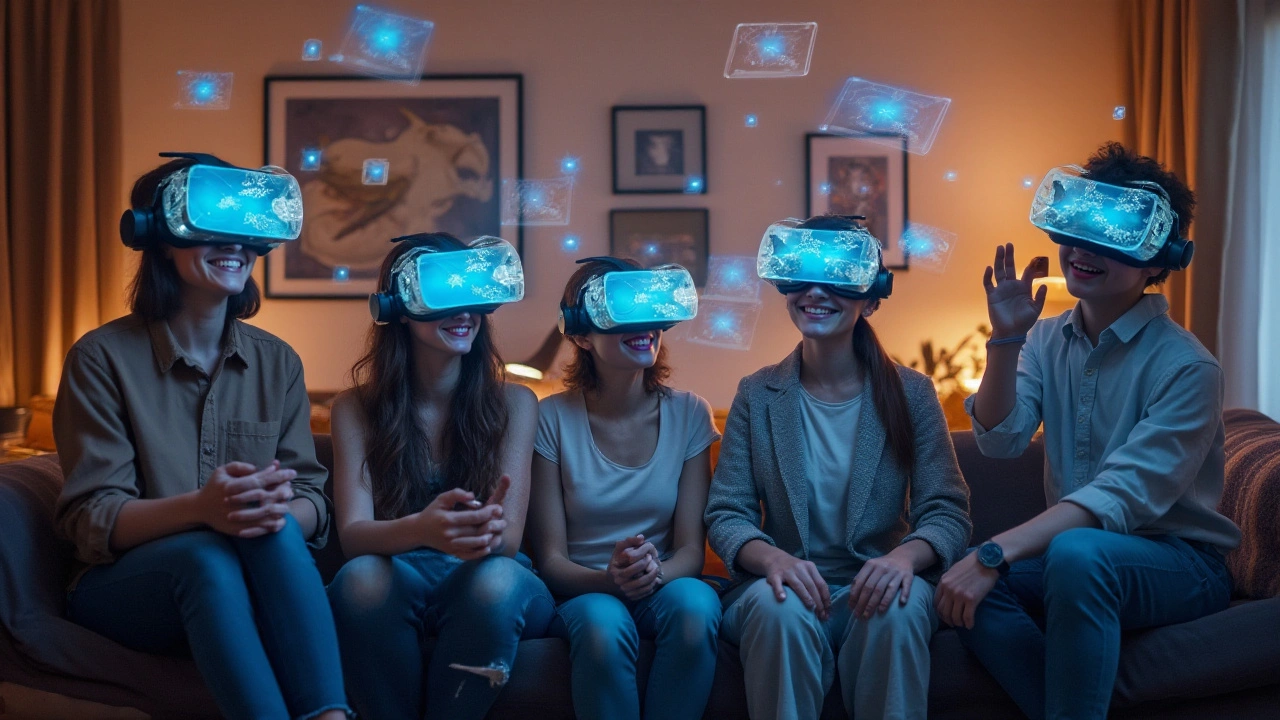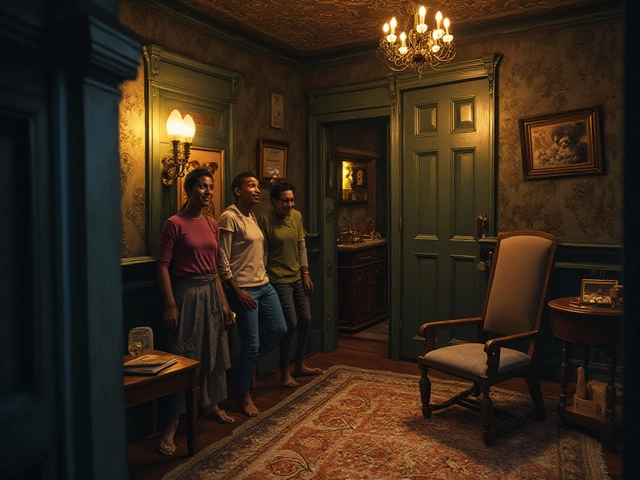Immersive Experiences: What They Are and Why You’ll Love Them
Ever walked into a room that felt like a movie set or put on a headset and instantly swapped your living room for a fantasy world? That’s an immersive experience – a real‑world activity that pulls you deep into a story, puzzle or game. From escape rooms that lock you in with clues to virtual reality that lets you fly, these experiences turn ordinary days into mini‑adventures.
Escape Rooms: Teamwork Meets Mystery
Escape rooms are basically live‑action puzzles. A group steps into a themed space, reads a quick brief, and then has 60 minutes to solve riddles, find hidden objects and crack codes. The goal? Get out before the clock runs out. The magic is in the teamwork – one person might spot a pattern while another remembers a riddle from a previous game. If you’re new, start with a beginner‑friendly room that has clear instructions and a moderate difficulty level. Most venues charge per person, so bring a small group to keep costs down.
Safety is simple: listen to the staff, don’t force anything, and ask for hints if you get stuck. Many rooms now have a “panic button” that alerts staff without ruining the fun. Remember, the challenge is the puzzle, not the pressure.
Virtual Reality: Step Inside a New World
VR puts a computer‑generated environment right in front of your eyes. All you need is a headset, some controllers, and a clear space. Once you’re strapped in, you can explore outer space, swim with sharks or practice a real‑life skill like surgery. The key to a smooth ride is what you wear – avoid loose clothing, and pick shoes that give you grip. A short, breathable shirt and sneakers work best.
VR can feel intense, so take breaks every 20‑30 minutes to avoid eye strain. If you’re prone to motion sickness, start with slower experiences and gradually move to fast‑paced games. Most headsets have safety settings to reduce motion blur, so adjust those before you start.
Both escape rooms and VR share a common goal: total immersion. They pull you away from everyday distractions and focus your mind on a single adventure. That focus is why they’re great for parties, team‑building, or a solo thrill. You don’t need a big budget – many local venues offer hourly rates, and some VR arcades let you rent equipment for a few pounds.
Want to mix things up? Try a hybrid event: begin with a short escape‑room challenge, then hand everyone a VR headset for a quick “after‑scene” that ties the story together. It adds a wow factor and keeps guests talking long after the day ends.
When planning your next outing, think about the group’s size, skill level and comfort with technology. Younger kids might enjoy a simpler escape room with bright colors, while teens and adults often prefer a darker, more narrative‑driven scenario. For VR, check the age recommendations on the headset – most require users to be at least 13 years old.In short, immersive experiences are all about stepping into a new reality, whether it’s a locked room full of clues or a digital world that reacts to your moves. They’re easy to book, fun for all ages, and give you a story to tell. So the next time you’re looking for something different, give an escape room or a VR session a try – you’ll be surprised how quickly you get lost in the fun.

Navigating VR: Glasses and Enhanced Reality Experiences
Virtual reality is reshaping how we engage with digital environments, but for those who wear glasses, the experience can present unique challenges and opportunities. This article explores whether wearing glasses impacts the immersive experience in VR and provides practical advice for optimizing comfort and clarity. From specialized VR headsets to prescription lens inserts, learn how technology is adapting to accommodate diverse visual needs. Discover the latest advancements in VR technology designed to enhance your immersive journeys.

Exploring the Sense of Touch in Virtual Reality Experiences
Virtual reality is transforming how we experience digital worlds, and recent advancements have now integrated the sense of touch. Haptic technology is the key player in bringing tactile sensations into VR, fostering more immersive and engaging interactions. As developers enhance these technologies, users can enjoy heavier doses of realism whether they’re gaming, learning, or socializing. This article explores the science behind these experiences and previews what the future holds for touch in virtual environments.




